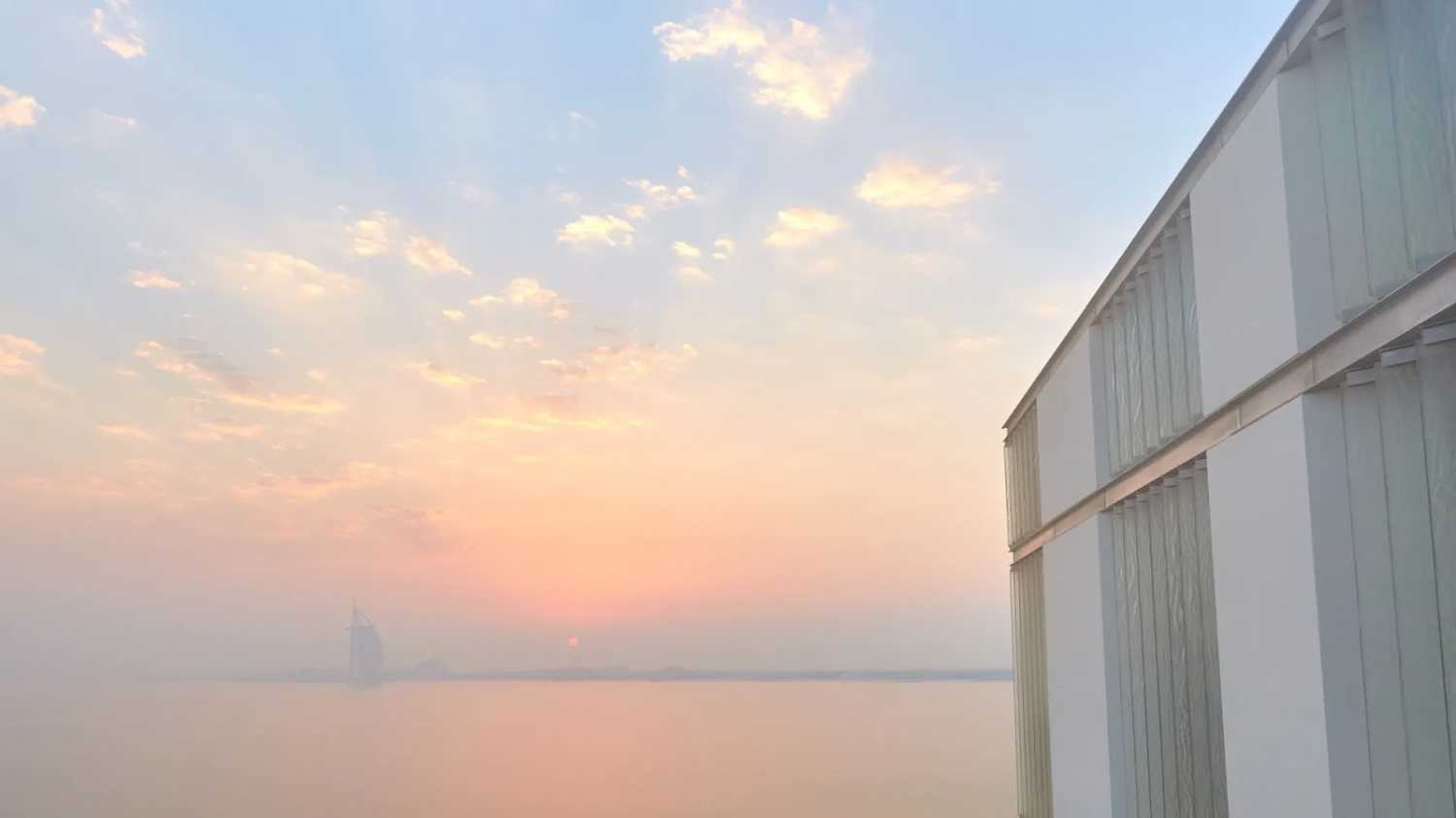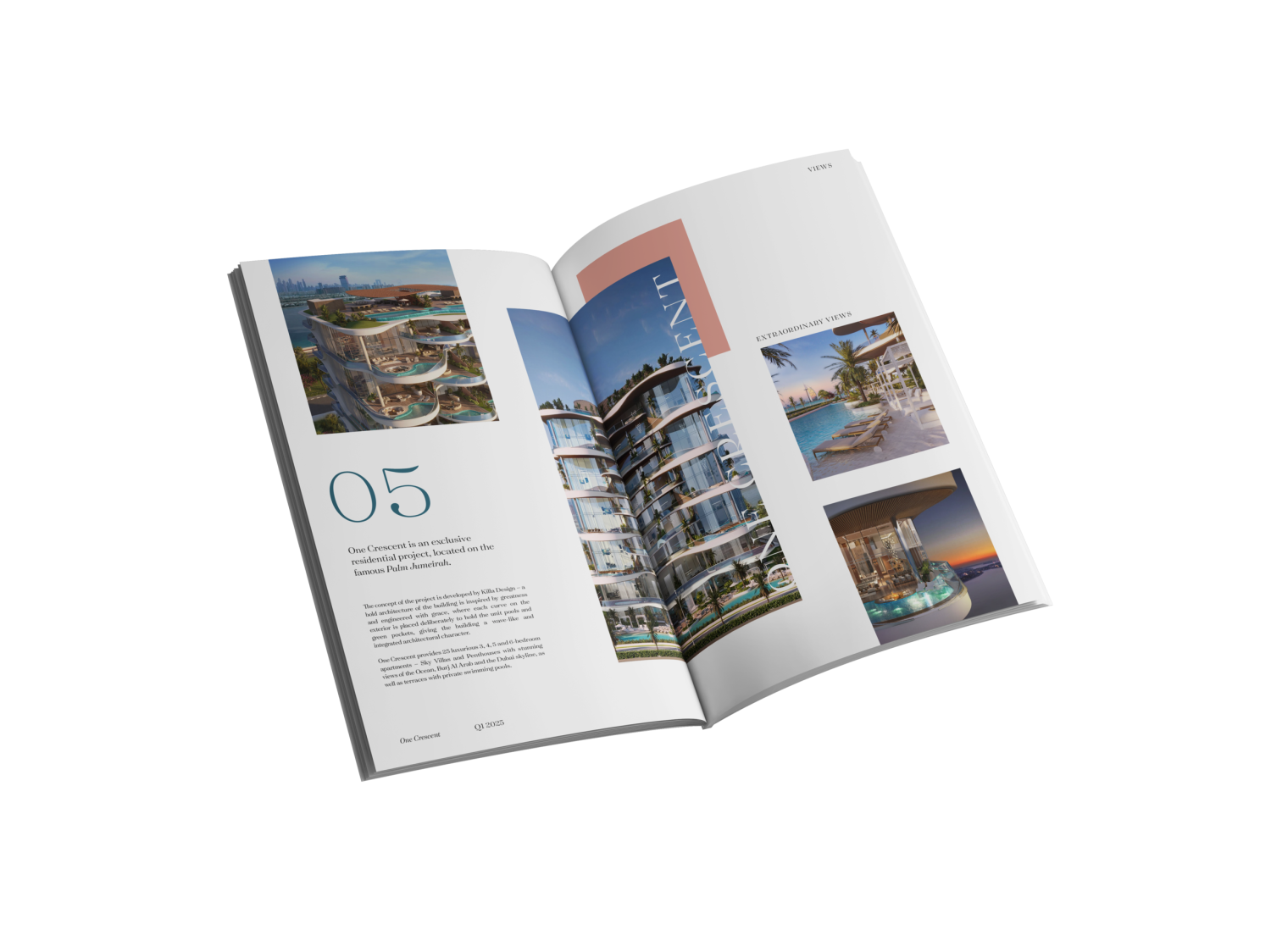Interesting facts about Palm Jumeirah and history of islands
Want to know all about the Palm Jumeirah in Dubai? In this guide we reveal some truly amazing Palm Jumeirah facts and figures, also you can know the history of these islands.

The world’s largest man-made island of Palm Jumeirah is home to glamorous hotels and luxurious apartments. But there’s more to this engineering wonder than just its beauty. Keep reading to uncover some fascinating facts about Palm Jumeirah, Dubai.
Facts about Palm Jumeirah
General
The creation of Palm Jumeirah came with a staggering price tag. The entire project reportedly cost $12 billion, making it one of the most expensive engineering feats in the world. This massive investment highlights the scale and ambition behind this iconic man-made island.
An interesting fact about the development of Palm Jumeirah is the role of expert divers in its construction. Several divers were sent to explore the seabed and rock formations to assess the project’s feasibility. Their work ensured that the island could be built on a solid foundation, proving that this extraordinary vision could be brought to life.
Palm Jumeirah is a testament to technological advancement and research excellence. The combination of cutting-edge technology and meticulous planning allowed for the creation of numerous luxurious properties on the island. Today, Palm Jumeirah is home to some of Dubai’s most prestigious hotels and residences, showcasing what is possible when innovation meets ambition.
Life on Palm Jumeirah offers unparalleled luxury and serene living standards. Among its many attractions are the stunning sea view apartments that offer residents breathtaking views of the Persian Gulf. Living here means waking up to the tranquil beauty of the ocean every day, making it one of the most sought-after residential locations in Dubai.
MINA residential project interiors
Interesting facts
Palm Jumeirah is part of a grand three-island project in Dubai. Alongside Palm Jumeirah, there are Palm Jebel Ali and Palm Deira, each showcasing the city's ambition for innovative island design and luxury.
Palm Jebel Ali, one of the other islands in the project, is actually larger than Palm Jumeirah. This expansion reflects the scale and vision behind Dubai's iconic island developments.
For thrill-seekers, Palm Jumeirah offers unique experiences like skydiving from an impressive 6,000 feet above the island. If you prefer a more relaxed view, you can also enjoy a scenic helicopter tour to see the island's stunning layout from above.
Safety
The Palm Jumeirah is safeguarded from storms and tides by an impressive 11,5 km crescent-shaped breakwater. This protective barrier stretches about seven miles and is constructed from 5,5 million cubic meters of rock, with each piece weighing approximately six tons.
To prevent water stagnation and ensure proper circulation, a 100-meter wide opening was added on both sides of the crescent. This ingenious design allows for a steady flow of water, maintaining the island's health. Today, the crescent is also home to some of the most luxurious hotels in Dubai, including the iconic Atlantis The Palm and the Waldorf Astoria.
Public transportation facts
For those without personal vehicles or tourists exploring the area, public transportation is the go-to option for reaching and navigating Palm Jumeirah. Several convenient modes of transport are available, including the Monorail, Dubai Metro, trams, and buses, all designed to make getting around easy and efficient.
To stay updated on schedules and routes for these various options, it's highly recommended to download and use the RTA application. This handy app ensures you have all the information you need at your fingertips, making your journey around Palm Jumeirah seamless.
The breakwaters surrounding Palm Jumeirah were meticulously designed to protect the island. To construct this protective barrier, a combination of geotextile fiber, sand, and variously sized rocks was used. The sand, treated to resist erosion, was carefully laid along the rock foundation, creating a base that shields the island from high tides and helps prevent water degradation.
Connecting different parts of the island is an engineering marvel in itself. The Palm Jumeirah tunnel, a 6-lane underground bridge, links the crescent to the trunk of The Palm. This tunnel was constructed using 200,000 cubic meters of reinforced concrete, 110,000 tons of rocks, and 30,000 tons of reinforcing steel. Situated 25 meters below sea level, this bridge is a vital link between the crescent and the trunk.
Unlike natural islands, which are typically isolated from the coastline, Palm Jumeirah is connected to mainland Dubai by a 1,4 km bridge, providing seamless access between the island and the city.
Rare facts
Palm Jumeirah spans 5,72 km², equivalent to about 600 football pitches. To put it in perspective, while Wembley Stadium took over four years to build, it only took six years to complete this entire island. Technically, Palm Jumeirah isn’t an island since it’s connected to Dubai by a 1,4 km bridge. It’s more of a remarkable man-made structure.
The Palm Jumeirah Monorail connects the island to Dubai’s coastline and carries over 20,000 passengers daily. Plus, there’s the Palm Jumeirah Tunnel – a 6-lane underground bridge linking the trunk to the crescent.
The sand and rock used in constructing Palm Jumeirah could form a 2-meter high wall that would circle the Earth three times.
Palm Jumeirah has attracted global celebrities. David Beckham owns a $16 million mansion here, which he recently gifted to his in-laws. Bollywood star Shahrukh Khan also has a luxurious 6-bedroom home on the island, making it one of his favorite staycation spots.
Private beach in Palma Residences project
Palm Jumeirah took six years to build. The ambitious project started in 2001 to match Dubai’s rapidly growing tourism industry. Nakheel Properties, a government-owned company, envisioned this palm-shaped island as a symbol of luxury and innovation, and it took a dedicated team to bring this vision to life.
Palm Jumeirah holds the title of being the first and smallest of the three planned Palm Islands. Even though it’s the smallest, it still required a full four years of construction to complete. Its iconic design paved the way for the larger Palm Jebel Ali and Palm Deira.
The island was constructed using a combination of stones and boulders transported from the mainland, along with sand sourced from the Persian Gulf. This blend of materials was essential in creating the island’s impressive structure and resilience.
You can enter Palm Jumeirah through its broad trunk and explore its various sections, including the spine, the fronds, and the crescent. The island is lined with luxurious hotels, upscale malls, world-class resorts, fine dining restaurants, and rejuvenating spas, offering a complete experience of luxury and leisure.
Conclusion
If you want to live in one of the most fascinating destinations in the world, order a callback from our brokers. Professionals will combine a selection of property and will organize a deal. With love and no commission.









